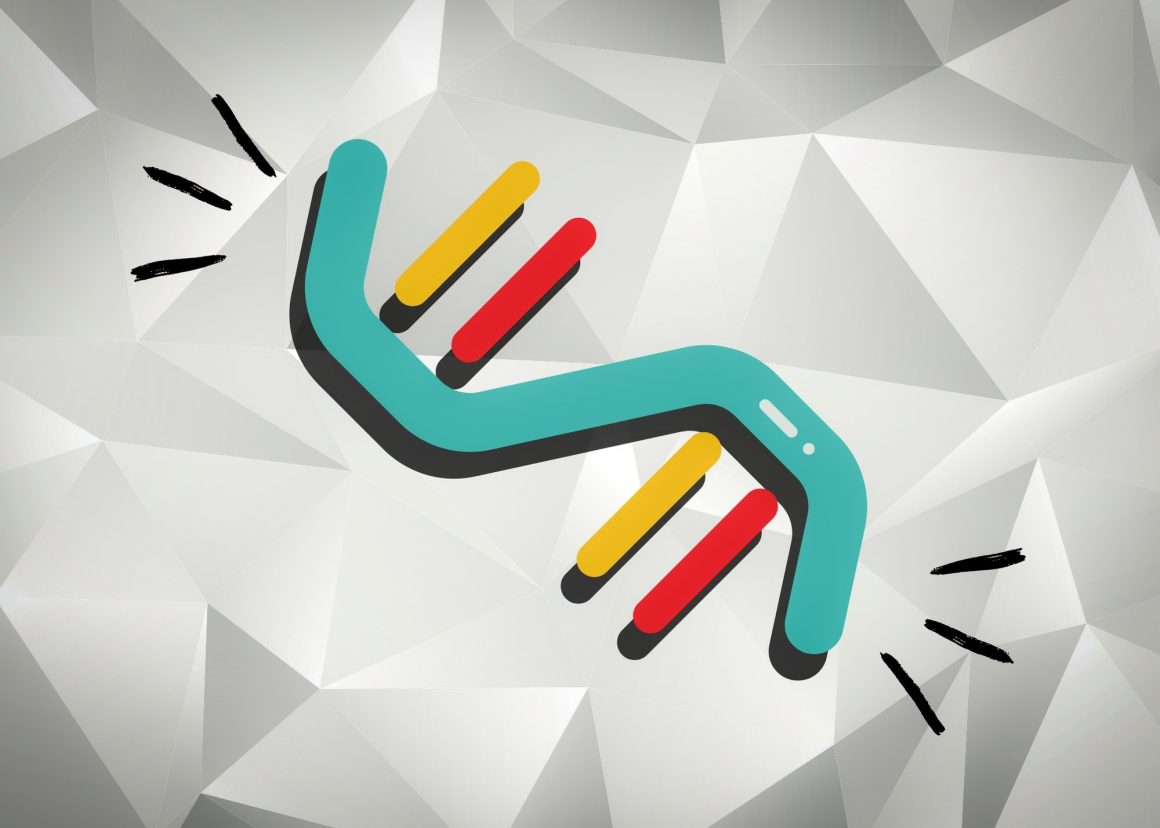
RNA world theory is coming to life
By Ramiro Bustamante Torres, April 17 2024—
The soup of life held the mystery of how all came to be using the same building blocks but creating such diversity, but a recently published paper provides evidence of how it may have started. On Mar. 4, Dr. Nikolaos Papastavrou, Dr. David Horning and Dr. Gerald Joyce from the Salk Institute for Biological Studies published a paper where they showcased their findings in recreating an RNA polymerase that could resemble what could have been found in the early stages of life. The importance of having an RNA polymerase that has high fidelity in replication is what adds to the hypothesis that RNA was dominant and it led to DNA which in turn has led to all the life that is now present on Earth.
Genetic data is stored in the form of RNA or DNA and these strands, the information that creates all living things exist and then some. To achieve Darwinian evolution, the information must be copied exactly with space for some variations to create enough genetic diversity for fitness. We see this is possible by studying the DNA of any living organism as there are proteins that are specialized for the replication of DNA and other mechanisms that are in effect to maintain genetic information as identical as possible with every replication. For RNA replication of the same magnitude, there has been less evidence.
In Papastravrou’s paper, to achieve a stable replication with high fidelity in RNAs, the researchers tested out RNA polymerase ribozymes of low fidelity and high fidelity to evolve hammerhead ribozymes. Polymerase ribozymes are used to replicate RNA strands which is the goal of the study to prove the replication of RNA in the early stages of life. The two polymerase ribozymes tested are to determine if a lower fidelity in replication — more mutations occurring with each replication — would prove more successful than a higher fidelity — fewer mutations possible with each replication — for RNA to successfully exist on its own. The hammerhead ribozyme is a cleaving enzyme that has a small conserved coding sequence and helps cleave RNA for replication.
The different polymerase ribozymes were tested and they found that a higher fidelity of replication proved more stable as the low-fidelity polymerase ribozymes created too many mutations between replication that the coding strand for the hammerhead ribozyme was lost within a few generations. Along with conserving the original hammerhead ribozyme sequence in the high-fidelity polymerase ribozymes, variants of the ribozyme emerged that proved more efficient than the original sequence. However, the low-fidelity polymerase ribozyme was still able to replicate with the hammerhead ribozyme lost.
The evidence from the paper demonstrates how RNA can replicate and conserve genetic information while allowing certain mutations to create genetic diversity and increase fitness for survival. This is in support of the RNA world theory and could be used as an example of how the precursor of life was sustained before DNA could have emerged as it is.
